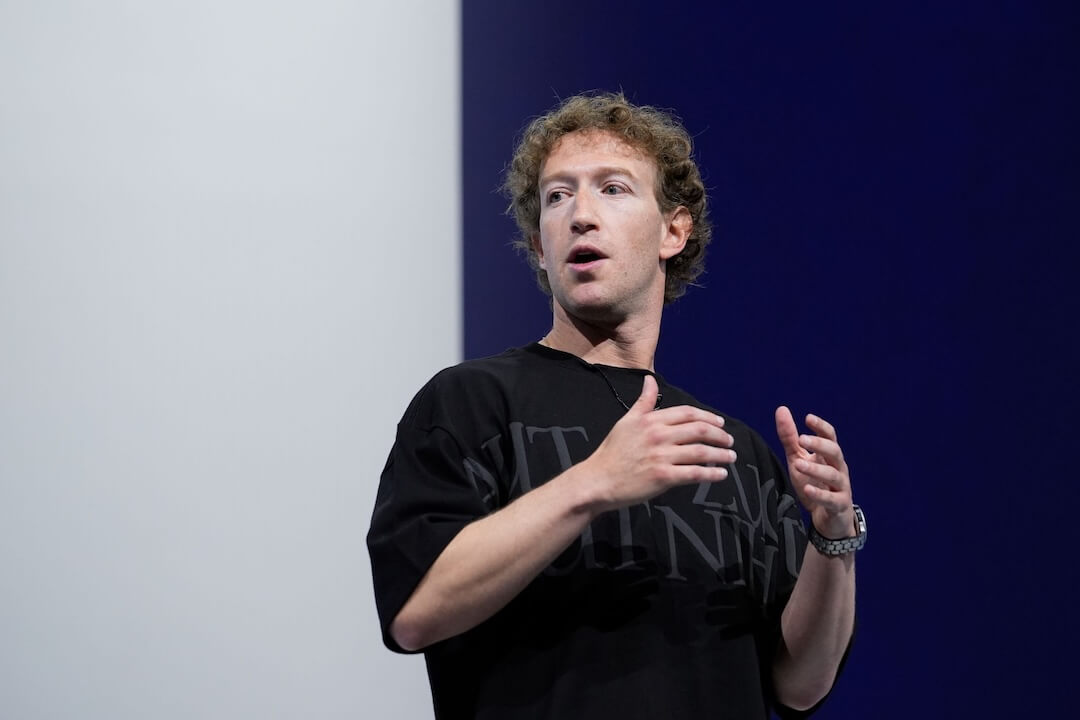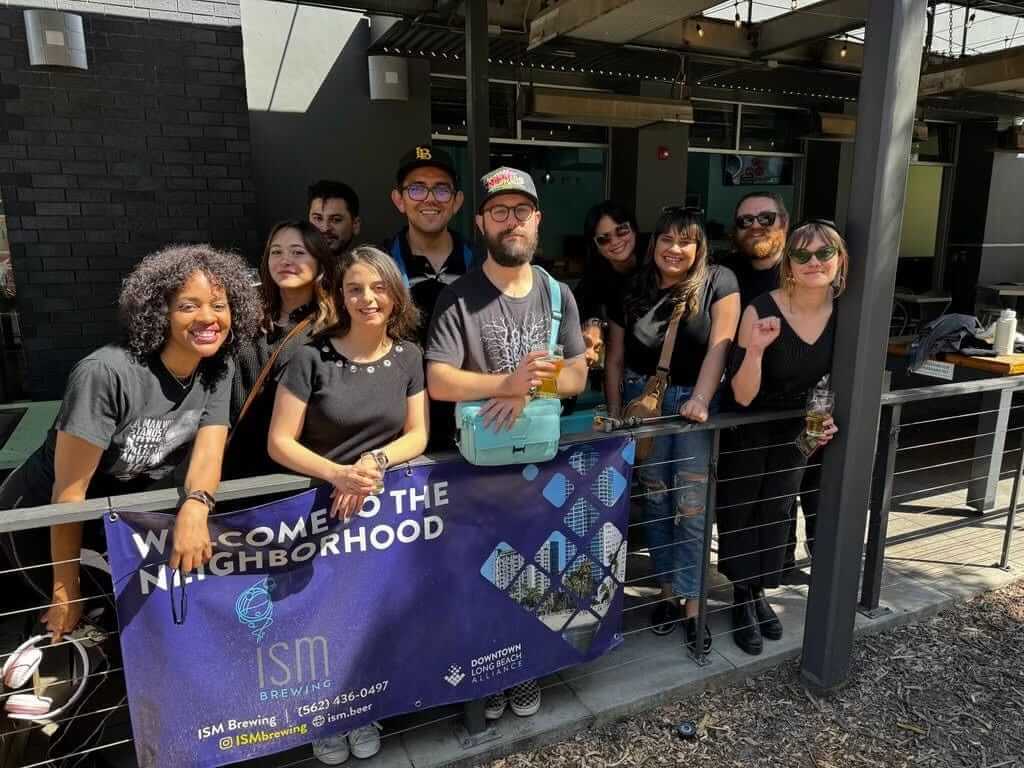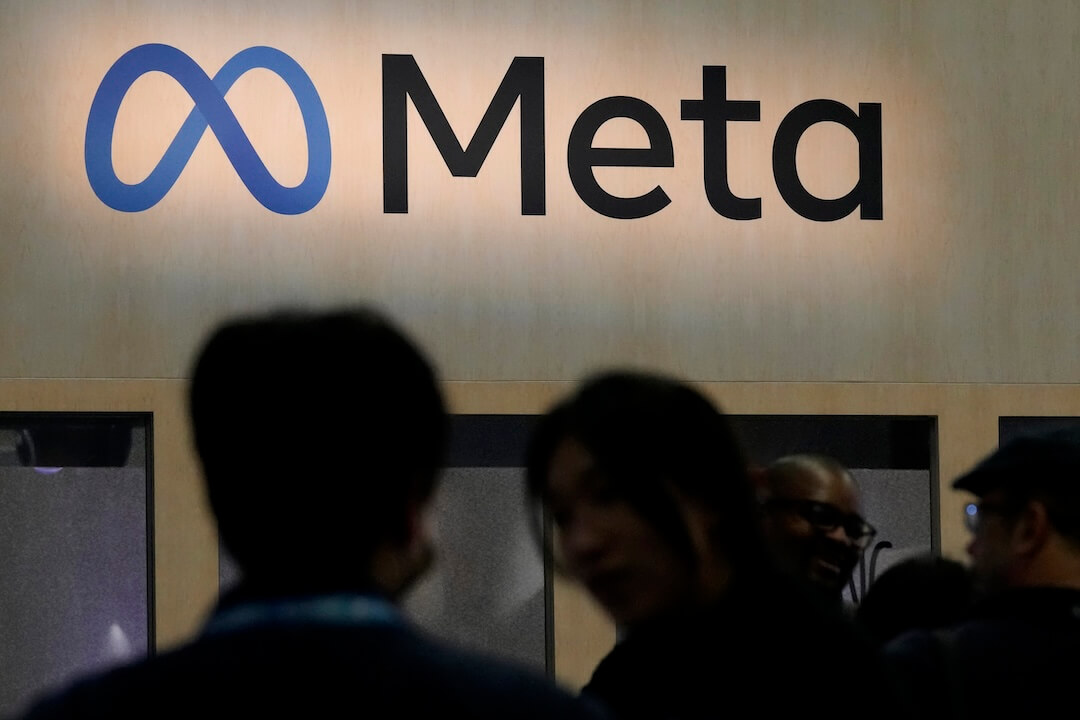In a break with tradition, The Newspaper Association of America is looking to expand its membership to include digital-only news organizations, according to its top leaders.
Chairman Tony Hunter and President and CEO David Chavern let drop that prospect in a recent phone interview on their agenda for the coming year.
But Chavern quickly added it is not a done deal yet. “I do want to find a basis for getting digital-only members on board,” he said, “but there are some things to do first — figure out our value proposition for them and a dues structure.”
Hunter, an executive at Tribune Publishing, said that newspapers are already repositioning themselves as “multi-platform content providers.” And there is a growing set of shared interests, Chavern said, notably the ad-blocking challenge. “Vox, VICE and BuzzFeed face the same situation we do.”
For such a combination to work, he added, “news and journalism need to be the connective tissue,” and he would probably recommend only content creators, not pure aggregation sites, qualify as members.
Sticking to only legacy organizations may soon prove insufficient for the trade, lobbying and advocacy group, Chavern said, and “some of my members may become digital only” in coming years.
Not to get ahead of the story, but Chavern and Hunter also conceded that broadening membership might lead to reconsidering the organization’s name. Several other groups — the American Society of News Editors and International Newsmedia Marketing Association — have dropped “newspaper” from their names this decade.
NAA, formed in 1992 in a merger of seven newspaper associations, has had an ambiguous and evolving relationship to digital media businesses.
In the early 2000s, it commissioned a report from McKinsey on the impact of digital classifieds, but then denounced the downbeat result as “shallow and superficial.” At a 2009 annual conference in San Diego, Eric Schmidt (then CEO of Google) got a polite but skeptical reception, and there was considerable saber-rattling about suing aggregators.
But in more recent years, sessions on best digital practices have become a staple of the annual meetings. The big platform companies give talks about partnering. A 2015 presentation by Vox Media CEO Jim Bankoff on takeaways from growing the company’s websites was especially well-received.
Whether digital sites will jump at the opportunity to join the group is open to question. That’s happened only to a limited extent at organizations that have already made the move.
Earl Wilkinson, the president of the International News Media Association, wrote me in an email:
We are getting some conference registrations from digital pure-plays. We get participation from companies tied to legacy companies (i.e., Storyful, Quartz, etc.). We have Google as a member. We are in discussions with several major digital pure-plays….
These companies are very much welcome within INMA.
But to date, memberships have been relatively sparse, he acknowledged.
Involving digital news organizations has been a slow slog too for the ASNE, though President Pam Fine told me that’s a priority for this year.
“About 5 percent of our members are from digital sites,” she said. Cost is an issue, she continued, and a lower-price membership category is on the way (as well as calculating dues on a sliding scale of page views rather than circulation).
Like Chavern, Fine sees the association’s top goals as common to legacy and newer organizations — First Amendment, diversity and leadership development.
ASNE is doing more partnering than it used to with other organizations for training and other programs. With the Online News Association it will be co-hosting a meeting next month on how to increase the impact of Sunshine Week activities in 2017, Fine said.
At NAA, the membership question is just one of many on the docket. The association stopped providing advertising revenue estimates for the industry several years ago. A new and broader set of metrics is in the works, Hunter and Chavern said.
The association also wants to take “a blank sheet of paper” approach to its annual mediaXchange conference, Hunter said. The most recent edition in Washington D.C. suffered from reduced attendance and, with no live speeches from presidential candidates, an absence of headliners.
At next year’s meeting in New Orleans, Chavern said, “we need fewer set-piece kind of speeches…more of a focus on revenue and higher energy.”
Chavern has been on the job eight months after years as the number two executive at the U.S. Chamber of Commerce. Members admire his vigorous advocacy for the industry, and he seems to be polishing his pitch as he goes.
“The Washington Post at its peak had a daily circulation of 800,000,” he said, “Now they are north of 80 million uniques a month. I know that’s not apples-to-apples, but it is 100 times more.
“We (newspaper organizations) are not in the coal business. People want our stuff. But digital advertising is new and not that great (yet) for anyone. It still is super-derivative and pasted into spaces where it doesn’t really fit…We’ll get there, but it is going to be slow and painful.”







